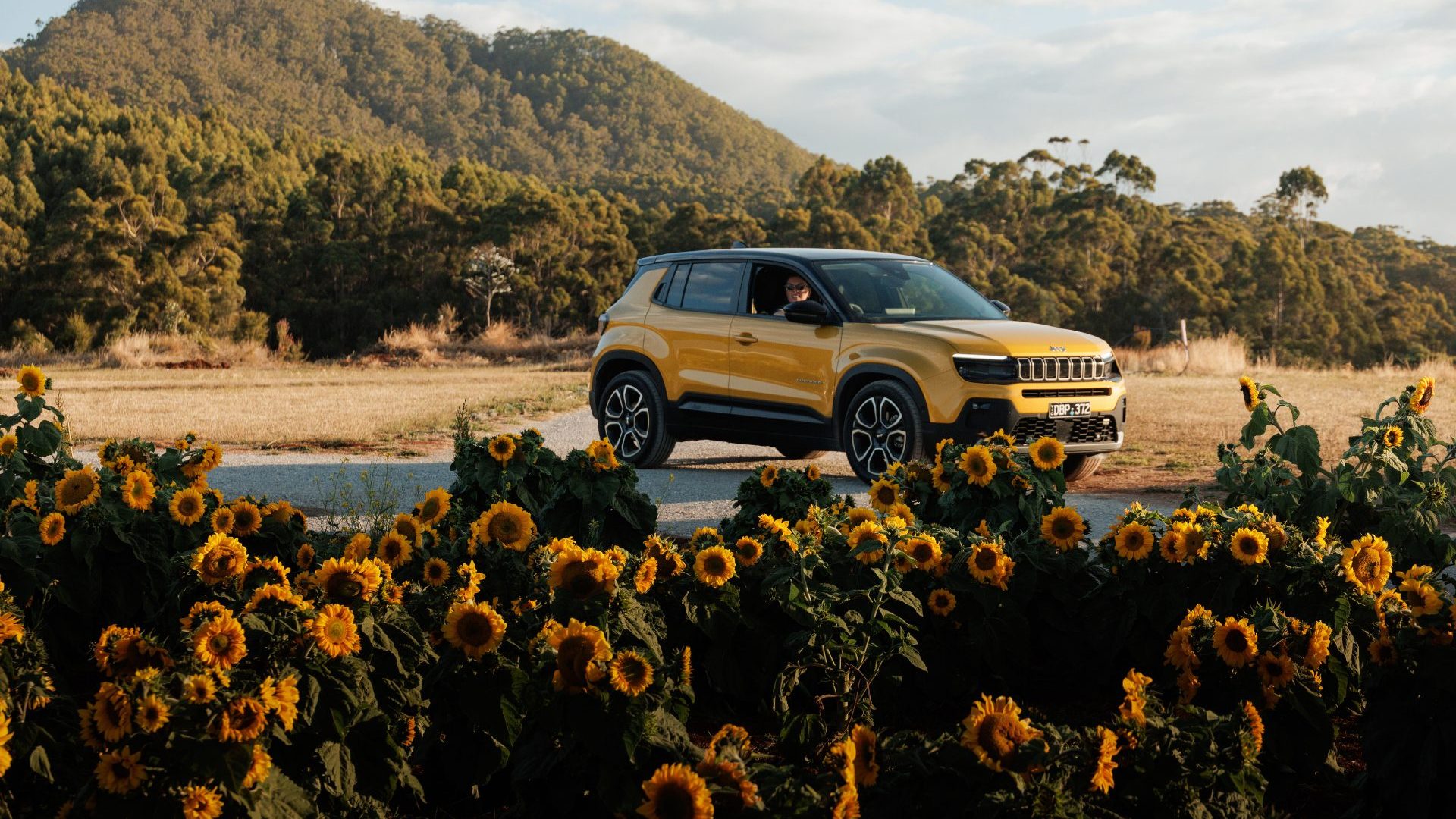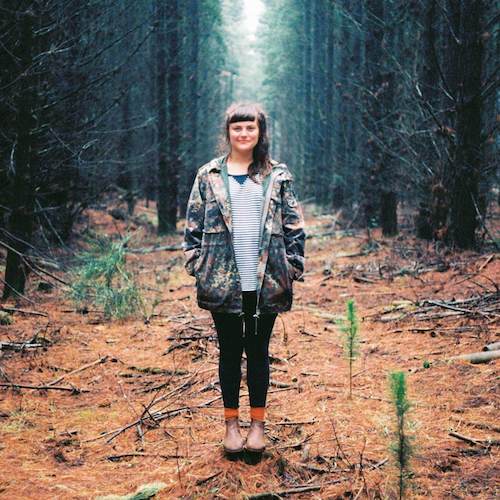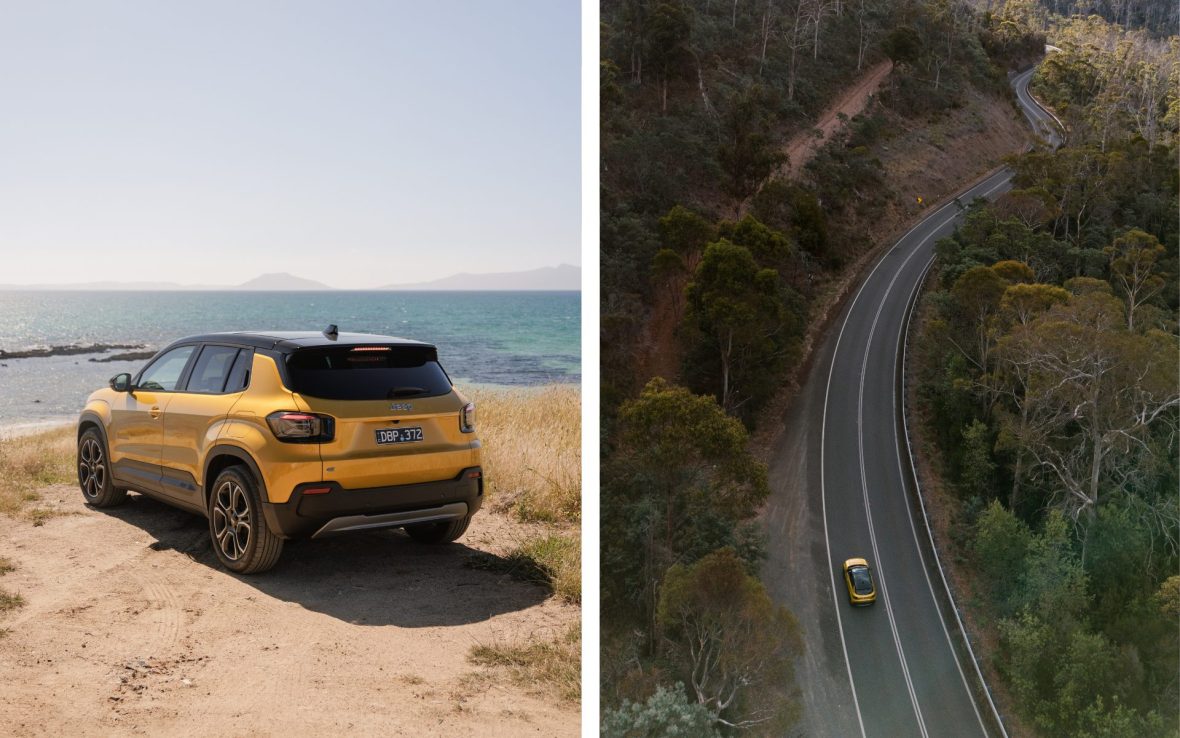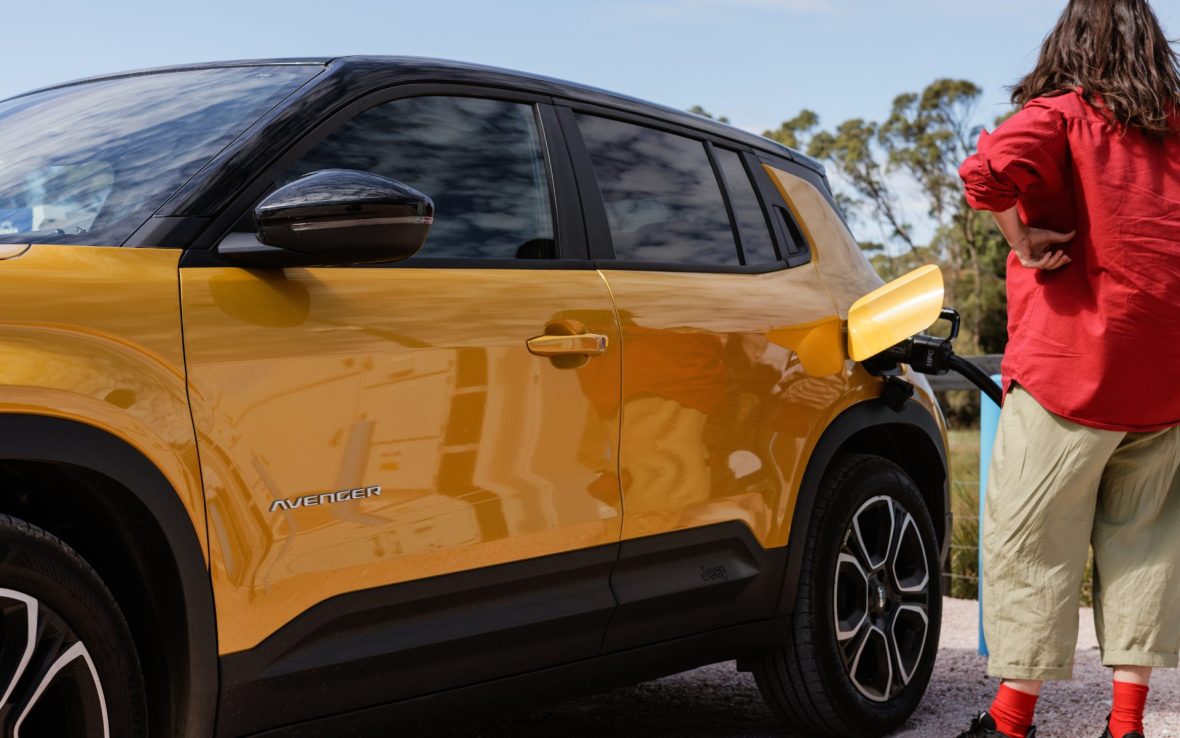
On a 1,000-kilometer all-electric road trip along Tasmania’s wonderfully winding tarmac, Taryn Stenvei seeks to prove that range anxiety is so last year.


On a 1,000-kilometer all-electric road trip along Tasmania’s wonderfully winding tarmac, Taryn Stenvei seeks to prove that range anxiety is so last year.
There are certain places that feel tailor-made for road trips. Tasmania is one of them.
The island at the bottom of Australia, known as Lutruwita to the Indigenous Palawa people, is generous with its scenery and stingy with its straight roads.
Here you’ll find have the cleanest air in the world, some of the most pristine wilderness areas anywhere on earth, globally significant kelp forests, and tree and plant species that can be traced back to the Gondwana supercontinent (dating back some 180 million years). Tasmania is a place where even nature goes to get back to nature—which makes it the perfect location for a low-emissions jaunt of the four-wheeled variety.
Despite our urgent need to slash global emissions to stay within 1.5 degrees of warming, a whopping one third of Australian drivers (and nearly three-quarters of Americans) still cite range anxiety as one of the issues preventing them from making the switch to an EV.
But I reckon range anxiety is old news. And to prove it, I took Jeep’s brand-new all electric car, the Avenger, on a 1,000-kilometer road trip around Tasmania.
Transport makes up about 23 percent of global carbon emissions. Under (current) Australian prime minister Anthony Albanese’s plans, all new cars in Australia could be EVs by 2035, and 50 percent of the cars on Australian roads could well be EVs by 2029.
If achieved, the plan is estimated to avoid nearly 100 million tonnes of CO2 (globally, the International Energy Agency is aiming to avoid two gigatonnes of CO2 emissions by 2035 through EV uptake alone). Long story short: The shift to electric is coming—a fact further evidenced by the abundance of new EVs hitting the market, like the Avenger, Jeep’s first ever electric vehicle.
Mapping out the route is integral to a successful EV road trip as battery life tends to dictate spontaneity. We planned our route based on two things: EV charging stations and good Tasmanian food.
The Jeep Avenger is a versatile companion for a rugged island like Tasmania. There’s ample room for luggage (and snacks), it’s got a great range of around 400 kilometers, and the touchscreen syncs with your phone so fast you’ll forget the frustration of Bluetooth purgatory. Plus, there’s a sunroof for that wind-in-your-hair, Fleetwood-Mac-on-repeat kind of vibe (weather permitting, of course—this is Tassie, an isle known for its mercurial climate).

It’s true that planning a road trip in an EV requires a little more thought. But before you even pull out your map, you need to get your head around a couple of basics.
First, understand the range of your car. If it says 400 kilometers on the tin, that doesn’t mean it’ll go 400 kilometers in real life (unless you drive at a very consistent speed on a very straight road)—make sure you factor this into any route planning. Then you’ll want to download an app—I used PlugShare to plan my Tasmania trip—to get an idea of where the charging stations are along the route.
Then you’ll want to check what charging cables you have in your car. When you’re clocking up the miles—especially on longer trips and in less populated areas—you may experience a more limited range of charger types. To minimize stress and maximise compatibility, you’d be wise to pack some adaptors.
Make sure you pack a Type 1 to Type 2 charger (to cover any older chargers in rural areas). If you own a Tesla, you’ll want a Tesla to CCS2 adaptor to enable you to charge on non-Tesla infrastructure. And a general power cable and mobile charging kit means you can plug the car into the wall socket in your hotel room if you absolutely have to (but it’s very unlikely you will!).
All of that said, over the course of 1,000 kilometers with the Avenger in Tasmania, I had precisely zero adaptor issues.
Mapping out the route is integral to a successful EV road trip as battery life dictates spontaneity. I planned my route based on two things: EV charging stations and good food. The loop: Devonport to Launceston, down the east coast, through Hobart, and back via the Tasting Trail in the northwest.
My first stop was Timbre Kitchen in Launceston where chef Matt Adams sources most of his produce from a network of local, backyard growers. After charging the Avenger on-site overnight, I then headed to Bicheno to eat some ocean-to-plate seafood beside the open sea at the famous Lobster Shack.
In Bicheno, I charged the Avenger for 20 minutes while I grabbed some groceries and it hopped from 40 percent to 75 percent in a little under 20 minutes. I then pushed on to Tasman Sea Salt for a renewable-energy-powered salt sommelier experience—enjoying stunning views of the southern ocean the whole way down the east coast.
There’s something poetic about exploring one of Australia’s wildest, most pristine places in a vehicle that leaves almost no trace. It feels like one small way to honour the natural world—the land, the sea, and the air.
Wherever you are in the world, finding EV chargers is made easier by the apps. In Tasmania, the Electric Highway Tasmania is a supremely helpful network, and apps like Evie and ChargeFox let you find fast chargers and check availability in real-time.
When it comes to the actual charging, our top tip is to top up regularly in small bursts, made easy if you sync your snack or coffee stops with charging. I often gained around 25 percent charge in the time it took to enjoy an iced coffee and a scallop pie.
EVs generally don’t need to hit 100 percent and actually slow down during the last few percent points of charging. Instead, aim for around 90 percent charge. Bonus: Some hotels and restaurants even offer free on-site charging. We prioritized these spots for our overnighters.

In an EV, energy works differently. Accelerating hard, going uphill, blasting the AC—they all eat into your battery. But with a little awareness (and a mild obsession with the Jeep’s energy monitor), it’s surprisingly fun to drive efficiently. The car even regenerates power when coasting downhill. I turned it into a game: Keep the battery in the green, keep the vibes high.
If things get tight, you can save battery by turning off power-heavy features like heating or taking your phone out of the wireless charging pad. But thanks to regular top-ups, we never had to go full survival mode.
There’s something poetic about exploring one of Australia’s wildest, most pristine places in a vehicle that leaves almost no trace. It feels like one small way to honor the natural world—to pass through it quietly, with no exhaust fumes clogging up the airways.
Over the course of my trip, I didn’t run out of (or come close to running out of) battery once. And I was pleasantly surprised by the abundance of good charging infrastructure in Tasmania. On mainland Australia, most of our iconic road trip routes are pretty well covered too—not to mention our towns and cities.
It’s true that you need to be a little more mindful when you’re traveling in an EV—despite huge leaps in infrastructure, battery sizes and charging times, there’s still a way to go until it’s as convenient as topping up with petrol. But if you’ve made it this far, then I’m going to hazard a guess that traveling mindfully is your cup of tea.
A note on partnership content:
Adventure.com acknowledges the complexity and challenges of travel in the context of our global climate crisis. This article is part of Adventure.com’s paid partnerships program, which enables us to continue publishing stories about a more regenerative and sustainable future of travel by helping to make out platform commercially viable. Adventure.com only partners with brands and products that align with our ethical and editorial standards, and our vision for a future of travel built around lower emissions, deeper connection and more resilient communities.






Can't find what you're looking for? Try using these tags: